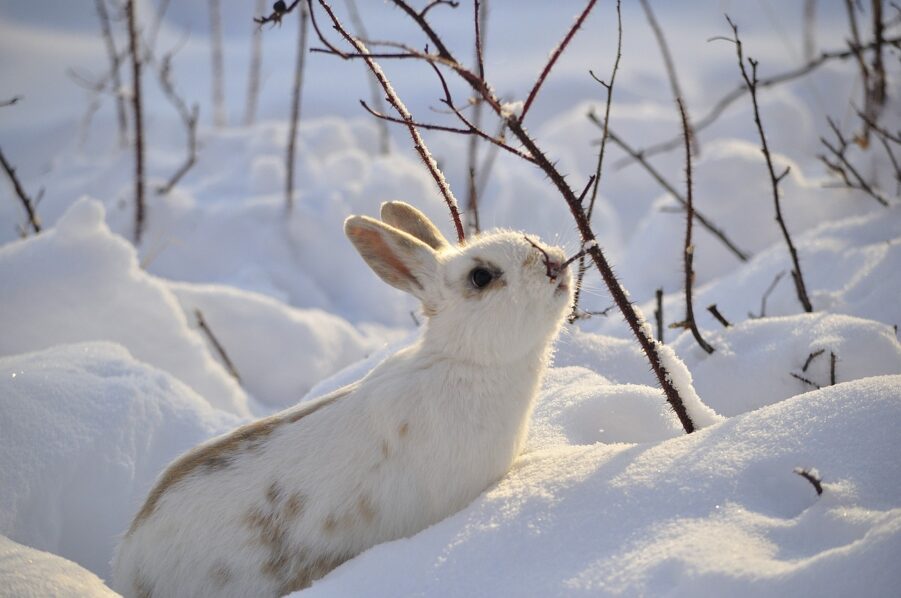Part 1 – Winter is dangerous!
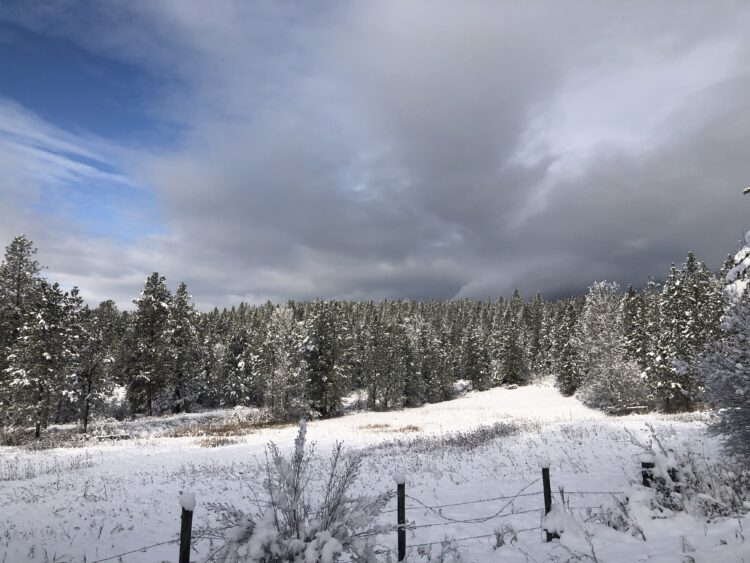
Do you ever wonder how plants and animals survive the winter? It can be a brutal time of year in seasonal climates. While we’re wrapping ourselves up in blankets or bickering over the thermostat, the world outside is going into deep-freeze. We see sparse sunlight and shortening days, plummeting temperatures, biting winds, snow, and ice. As anyone who pays their own heating bills will tell you, winter affects us humans plenty.
For those of us who are lucky enough to have homes, it can still be inconvenient. It can be hard to find your favorite produce at the grocery store. Or perhaps your morning commute or search for parking becomes an absolute nightmare. But beyond those issues, many of us find ourselves in a nice, warm bed at night with a roof over our heads.
Not to mention some degree of temperature control (at least, whatever we can agree upon with our housemates or spouses). Being curled up warm with a loved one or favorite blanket makes it easy to forget that the natural world outside has to keep right on going.
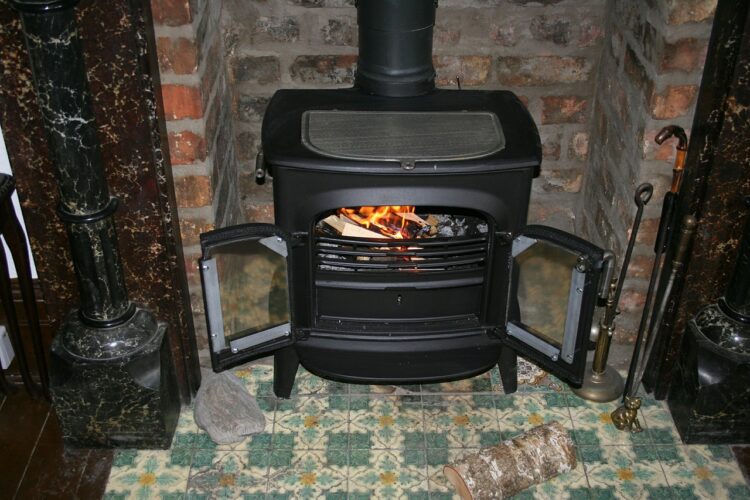
On more than one cold Montana winter night, I wondered how plants, animals, and other wildlife get through it all. I listened to the wind howling outside over the crackle of my wood stove, and couldn’t help but shiver. Just how do the many living things we see outside every day survive the winter? To start with, it’s be worth going over what makes winter so difficult for living things.
Why is winter dangerous for wildlife?
Even if it doesn’t freeze, lower ambient temperatures are dangerous for many animals. Our bodies, and the chemical reactions that make them tick, work best at a certain, often narrow range of temperatures. Heating or cooling too much beyond this range can cause these chemical reactions to break down. For example, we aren’t able to convert food into energy properly. It can also damage the tissues and cells that make our body function, and that make up, well, us!
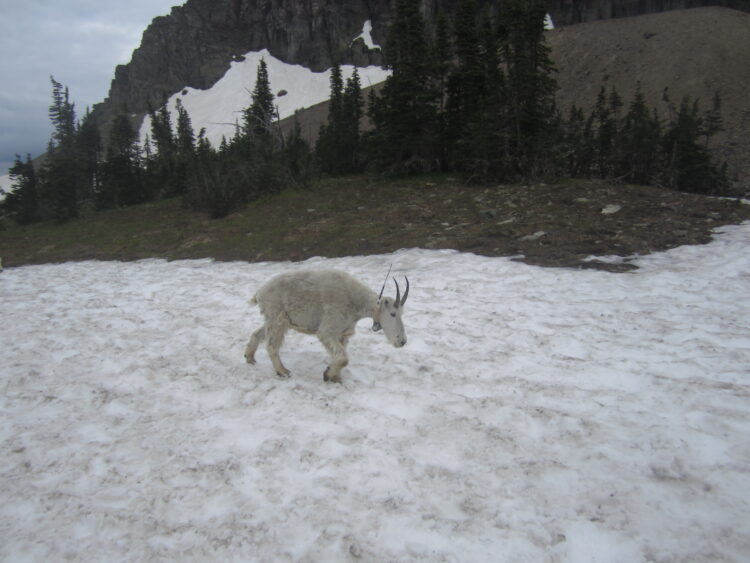
Really dangerous levels of cooling can make blood or other bodily fluids more viscous. This means that they they become thicker and harder to move around. This can slow blood down, making it hard to bring necessary oxygen to parts of our body that need it. Circulatory organs like the heart and blood vessels have to work extra hard, putting stress on our systems.
Getting too cold can mean certain parts of your body don’t get enough oxygen. This can be because the blood can’t travel that far, or because your body concentrates it on your vital organs. One of the ways that frostbite happens is when our body parts lose access to blood oxygen from the cold. Being cold also makes our natural defenses against disease lower, so we are more susceptible to illness.
In particularly cold areas where freezing temperatures are frequent, even the water contained inside of living things can become a liability! That’s because when water freezes, it forms crystals and expands outwards, creating powerful pressures that can damage and rupture living cells. Have you ever frozen and thawed some vegetables or fruit repeatedly? They may rapidly lose their original texture and consistency because of this kind of damage. Any kind of living cells without some form of protection–plants, fungi, animals, or microbes–can be damaged this way.
Finding food
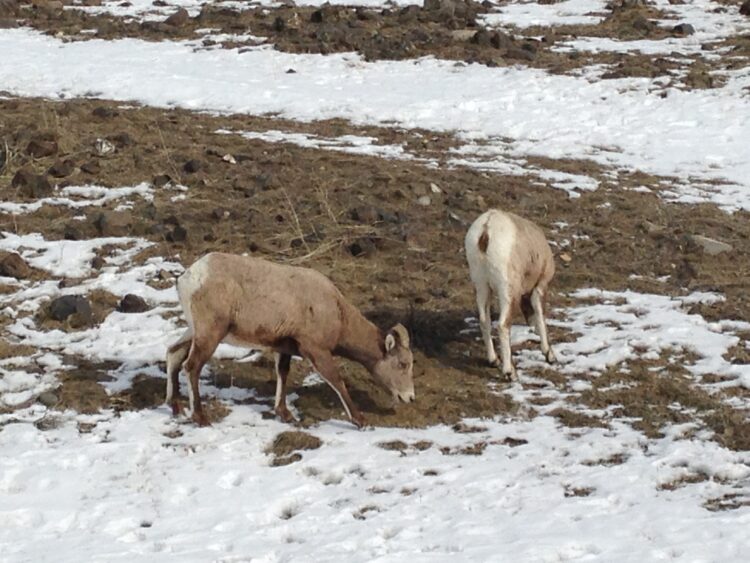
An additional winter problem for many animals is finding enough food to survive. Being heterotrophs—that is, living things that have to consume other materials, usually from other living things, in order to survive—animals like us have to stay on the hunt for food. It’s easy to imagine why winter life would be hard for herbivorous or plant-eating animals: the lush green of spring and summer is long gone. This can make many plant-eating animals scarce, too, so the carnivores, insectivores, and other animal-eaters might also be in trouble. In winter, starvation becomes a very real threat for many different animals.
Not just an animal problem
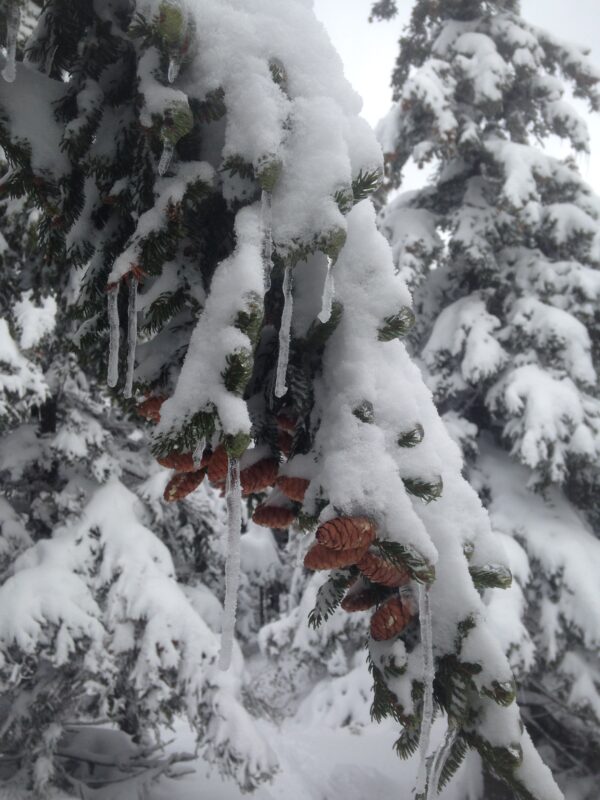
Plants need to survive the winter, too. And things aren’t any easier for them! While it’s a bit of a stretch to say that plants “eat” sunlight, they do use it. Along with water, and carbon dioxide from the air, they harness sunlight to generate chemical reactions that build sugar molecules. These molecules are both food for the plant, and the building blocks for more complicated materials.
The plant uses these to grow and maintain the various tissues of its body (like leaves, buds, twigs, flowers). So, when there’s no sunlight, especially for a long time, plants can also run into problems with ‘starvation’. Their bodies can’t carry out many of the functions that keep them alive and healthy.
Winter can also mean high winds and violent storms. Snow and ice pile up and weigh things down, or move the soil around (what we call frost-heave). Large trees can have their branches snapped under the weight of snow or ice, or by the thrashing power of winds. Areas that were once safe shelters can be buried or squashed under ice.
Let’s explore
Winter is a tough time with a variety of serious dangers for all living things. Between starvation, freezing, and physical dangers, its a wonder that anything can survive at all! The number of ways that wildlife survive the winter is about as varied as the organisms themselves. Check out part 2 of this post for a sampler of the many ways that wildlife overcome winter’s challenges. Even without hot cocoa and central heating.

